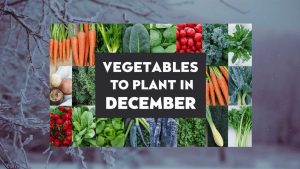In this post, we will explore an array of flowers to plant with cucumbers, detailing their advantages and unique characteristics.
Marigolds
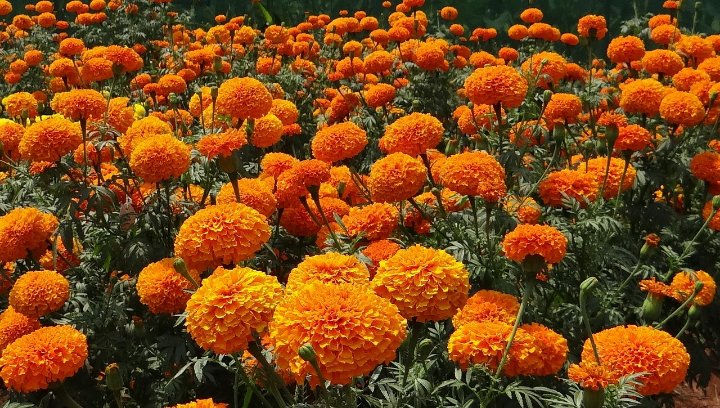
Marigolds are a gardener’s ally, known for their vibrant blooms and versatility in various garden settings. With brightly colored petals ranging from warm yellows to fiery oranges, they add a burst of sunshine to any garden bed. When planted alongside cucumbers, marigolds release a scent that is off-putting to many pests, including aphids and nematodes. This natural pest-repellent action can significantly reduce the need for chemical interventions, making marigolds an environmentally friendly choice for gardeners.
Moreover, marigolds attract beneficial insects like ladybugs and lacewings, which prey on harmful pests threatening vegetable plants, including cucumber beetles and aphids. These beneficial insects play a crucial role in maintaining the balance in your garden’s ecosystem, naturally controlling pest populations. Additionally, marigolds can improve soil health through their root system since they secrete compounds that inhibit harmful soil pathogens.
From a practical standpoint, marigolds are easy to grow, requiring little care once established. They thrive in full sun, making them perfect companions for sun-loving cucumbers. Deadheading spent blooms can promote more flowers and prolong their blooming period, ensuring vibrant colors throughout the growing season. Altogether, marigolds enhance both the aesthetic and health of your cucumber patch, creating a more vibrant and productive garden.
Nasturtiums
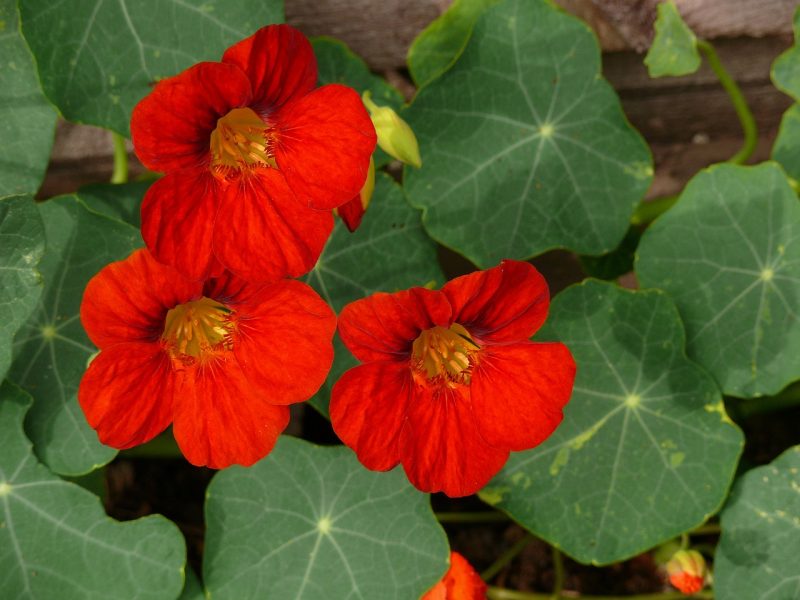
Nasturtiums are more than just pretty flowers; they pack a punch in the garden with their peppery leaves and colorful blooms—often in shades of orange, red, and yellow. These annual plants can be grown as trailing or bush varieties, adding versatility to your garden landscape. When planted alongside cucumbers, nasturtiums act as a natural trap crop. They attract harmful aphids away from your cucumbers, sparing your main crop from damage, while also providing a habitat for beneficial insects.
Their edible flowers and leaves aren’t just a visual delight; they offer a spicy, peppery flavor to salads and other dishes, contributing to your culinary endeavors. Additionally, nasturtiums can improve soil quality; their deep roots help to break up compacted soil, enhancing drainage and promoting healthier root systems for neighboring plants.
Planting nasturtiums is straightforward—they thrive in poor soil and can tolerate drought conditions, making them low-maintenance companions for cucumbers. Be mindful, however, as they can grow quite robustly. Regular harvesting of leaves and flowers can help keep these plants in check while simultaneously benefiting your cucumber plants.
Sunflowers

Tall and majestic, sunflowers embody summer and positivity in any garden. Not only do they provide an aesthetic appeal with their bright, cheerful heads turned toward the sun; they also serve as fantastic companions to cucumbers. Their considerable height can provide vertical structure to your garden, offering shade to cucumber plants during hot afternoons. This natural shading can help maintain optimal soil moisture levels under the cucumber leaves and minimize heat stress, leading to a healthier crop of cucumbers.
Moreover, sunflowers are like magnets for pollinators, including bees and butterflies, which are essential for the pollination of cucumbers. A higher abundance of bees buzzing around your garden creates a favorable environment for cucumber fruit set, leading to increased yields. The broad, flat flower heads of sunflowers provide excellent landing pads for these beneficial creatures, ensuring your garden is a bustling hub of activity.
Sunflowers can also serve as a windbreak for cucumbers, protecting them from harsh weather conditions like strong winds. In terms of care, sunflowers are relatively easy to grow. They require well-drained soil, full sun, and adequate space to thrive. Planting sunflowers in blocks can create a visually stunning backdrop for your cucumber plants, enhancing both form and function in the garden.
Calendula
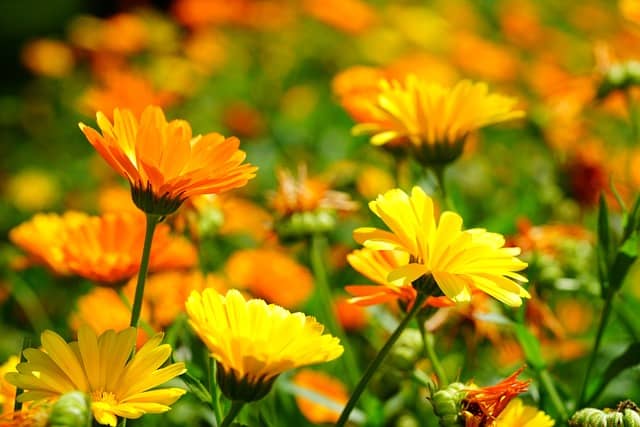
Calendula, often referred to as pot marigold, is another exceptional companion for cucumbers. Its beautiful yellow and orange blooms are not only visually appealing, but they are also adept at attracting a variety of beneficial insects, such as bees and butterflies. Additionally, calendula plays a crucial role in deterring certain pests, including aphids and whiteflies, which can wreak havoc on cucumber plants.
The essence of calendula has antifungal properties, which can help reduce diseases in cucumbers and other nearby plants. It’s commonly used in traditional herbal remedies and has been known to soothe skin irritations, making it a multi-functional addition to your garden. Moreover, calendula blooms continuously from spring to frost, ensuring that your garden remains vibrant and alive all season long.
From a practical aspect, calendula thrives in various soil types and can adapt to both sunny and partially shaded locations. Regular deadheading can promote more blooms and prevent the plant from becoming leggy. Furthermore, both the leaves and flowers of calendula are edible, providing an unusual and colorful addition to salads and garnishes. This flower, with its numerous benefits, proves invaluable in a companion planting strategy for cucumbers and enhances the garden’s biodiversity.
Borage

Borage is a fantastic flowering herb notable for its stunning blue, star-shaped flowers. This unique appearance isn’t just for show; borage is renowned for its ability to attract bees and other pollinators that are crucial for cucumber fruit development. In fact, it’s often considered a pollinator magnet, so if your aim is to cultivate a thriving, diverse ecosystem, planting borage is an excellent choice.
In addition to its pollinator-friendly nature, borage is a dynamic accumulator; meaning it has the capability to uptake nutrients from deep within the soil and bring them to the surface with its deep roots. When left to decompose, the leaves can add valuable nutrients back to the soil, enriching it for the benefit of nearby plants, including cucumbers. This cycle of nutrient exchange not only bolsters the entire garden ecosystem but also helps cucumbers thrive.
Furthermore, borage has pest-repelling powers—specifically, it can deter harmful pests like cabbage moths and hornworms, acting as a natural protective barrier for your cucumbers. Borage thrives in full sun and well-drained soil but is surprisingly drought-tolerant once established. Its lush foliage and striking flowers provide a visually appealing contrast to the leafy green of cucumbers, creating a verdant and dynamic garden scene.
Yarrow

Yarrow is an attractive perennial flower known for its feathery foliage and clusters of small blooms, available in shades of yellow, white, or pink. This hardy plant is steeped in medicinal history and is well-regarded in the gardening community as a potent companion plant for many vegetables, including cucumbers.
Yarrow’s primary value lies in its ability to draw in predatory insects that feast on aphids and other pests that can threaten cucumber plants. Its aromatic foliage is a beacon for beneficial insects, allowing them to thrive and maintain healthy populations within your garden. This interaction is vital in creating a balanced ecosystem, naturally controlling pest populations without relying on chemical pesticides.
Additionally, yarrow promotes biodiversity through its deep root system, which can help improve soil structure and health. As a drought-tolerant plant, it requires minimal care once established, thriving in various soil conditions. Consider planting yarrow in clusters to create an eye-catching display that not only attracts pollinators but also enhances the overall resilience of your cucumber patch.
Lavender

Lavender is much more than just an aromatic herb; it offers an array of benefits when paired with cucumbers. With its stunning purple flowers, lavender creates a striking visual contrast in your garden. Additionally, it attracts bees and other pollinators while its strong scent repels pests such as aphids, flies, and moths, protecting your cucumber crops from potential threats.
The deep root system of lavender aids in soil aeration and enhances drainage, which is crucial for cucumber plants that thrive in well-drained conditions. Lavender is a perennial herb, which means once established, it will continue to come back year after year, providing lasting benefits. It is also drought-resistant, making it an excellent choice for gardeners in arid areas or those seeking low-maintenance plants.
Planting lavender alongside cucumbers not only helps keep pest populations in check but also introduces pest-repelling qualities into the garden. This synergy can lead to healthier cucumbers and a more vibrant overall garden ecosystem. When selecting varieties, English lavender is widely regarded for its fragrance and hardiness, thriving in full sun and well-draining soil.
Catnip

Often associated with playful felines, catnip is also a valuable flower for garden enthusiasts. This perennial herb features heart-shaped leaves and produces clusters of small, white to pale purple flowers that attract a range of beneficial insects. When planted near cucumbers, catnip acts as a natural pest repellent, deterring a multitude of pests, including aphids, cucumber beetles, and spider mites that threaten cucumber crops.
Besides its beneficial insect-attracting qualities, catnip can enhance the biodiversity of your garden. The pleasant aroma can attract beneficial insects, enriching your garden ecosystem and improving pest control naturally. Furthermore, catnip is easy to grow, thriving in well-drained soil and full sun, making it a user-friendly addition for novice gardeners.
Many gardeners find catnip to be incredibly resilient, often needing minimal irrigation once established. It can spread quite readily, so regular pruning and harvesting ensure that it doesn’t become invasive. Additionally, catnip can be used to make herbal teas or incorporated into homemade cat toys, providing benefits beyond the garden itself.
Roses
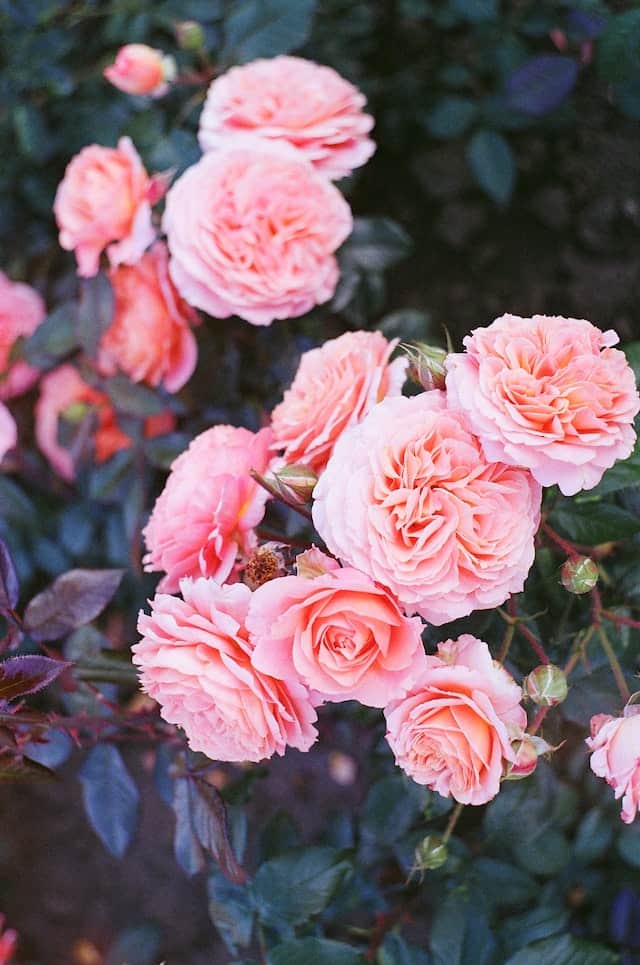
Roses may not be the first flowers that come to mind when planting beside cucumbers, but their companionship can yield surprising benefits. With a vast array of colors and forms, roses add beauty and elegance to any vegetable garden. When grown in proximity to cucumbers, certain varieties of roses act as a decoy for pests, offering an alternative target for pests such as aphids. This strategic planting helps keep the cucumber plants safe and stress-free.
Moreover, roses attract beneficial insects like ladybirds and hoverflies, which maintain a healthy population of predatory species in the garden. These insects aid in controlling the pest population naturally, enhancing the overall health of your cucumber plants. When planning your garden, be sure to choose disease-resistant rose varieties that can flourish without excessive care.
It’s essential to consider the growing conditions for both roses and cucumbers, as they may require adequate spacing and appropriate amounts of sunlight. Ensuring that both plants have sufficient air circulation will promote growth and reduce the risk of diseases. Integrating roses into your cucumber patch offers visual appeal while also contributing to a mixed ecosystem.
Chamomile

Chamomile, with its delicate daisy-like flowers and soothing aroma, is a stellar choice to integrate into your cucumber garden. This cheerful flower can attract beneficial insects, such as parasitic wasps, which help control harmful pest populations, including aphids and caterpillars. This natural pest management strategy allows cucumbers to grow without pesticide interference, promoting healthier plants and fruits.
Additionally, chamomile is believed to have some fungicidal properties, potentially guarding your cucumber plants against diseases like powdery mildew. The beneficial compounds it releases into the soil can also contribute to overall plant health and growth in nearby crops. Chamomile’s compact size means it won’t overshadow your climbing cucumber plants, allowing both to thrive side by side.
Growing chamomile is quite easy; it prefers full sun and well-drained soil and is generally low maintenance. Regular harvesting of leaves and flowers can encourage more blooms, creating a continuous display throughout the growing season. This flower can also be harvested for homemade chamomile tea, providing a sweet reward for your gardening efforts.
Sage

Sage is much more than a culinary herb; when paired with cucumbers, it can provide both flavor and numerous benefits. This aromatic plant has a natural ability to repel pests, most notably cabbage moths and beetles that can inflict damage on cucumber plants. Its strong scent acts as a natural deterrent, creating a secure environment where cucumbers can grow undisturbed.
With its sage green leaves and purple flowers, sage brings a distinctive texture and color to the garden, creating a beautiful contrast with cucumbers. Moreover, its drought-resistant properties mean that it thrives in a variety of garden conditions, without needing constant watering. Sage benefits from full sun and well-drained soil, making it an easy-to-grow option even for busy gardeners.
In addition to its protective qualities, sage can enhance the culinary experience of your cucumber dishes. Fresh sage pairs incredibly well with cucumbers, adding depth and complexity when used in recipes. Regular pruning not only promotes bushy growth but also keeps the plant healthy and productive, creating a win-win situation for both cucumber and sage.




